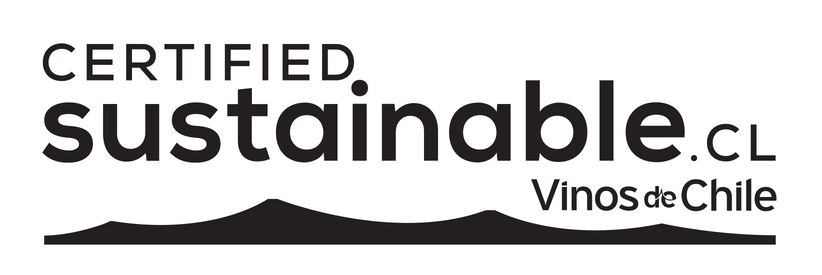¿Por qué es tan importante el terruño en el mundo del vino?

Encontrar un vino de calidad no es fácil, y mucho depende del proceso de elaboración, pero también del terruño.
Se habla mucho de terruño, pero también hay mucha gente que desconoce el significado de esta palabra que retumba en el mundo del vino.
Terroir: donde crece el vino
Conocido como terruño en español, este término francés procede del latín terra, lo que genera discusiones debido a los diferentes significados que se atribuyen a la palabra.
La polémica comienza con el significado literal de esta palabra. Hay quien la confunde con la idea de «tierra» o suelo, pero esto no es exactamente correcto. Terroir se refiere a muchos más aspectos que la simple tierra.
Su definición más generalizada, empleada más recientemente, es una combinación de factores naturales capaces de conferir características especiales, y muy particulares, a un vino. Es esta combinación de suelo, topografía, clima, biodiversidad, altitud y técnicas de vinificación lo que hace que un vino sea único.
Contrariamente a lo que el origen de la palabra hace pensar, no se trata sólo de la «tierra» en la que crece la vid. Es la suma de los factores mencionados lo que da lugar a vinos distintos.
¿Por qué es tan importante el terruño en el mundo del vino?
No hay dos viñedos idénticos en el mundo con la misma combinación de factores naturales e idénticas técnicas de vinificación.
El terruño confiere personalidad, carácter y tipicidad a un vino. Por eso, beber un vino es como viajar al lugar donde se elabora y entender un poco las características de su terruño.
¿Qué factores contribuyen al terroir?
Son muchos los factores que contribuyen a las características de un vino:
Clima, horas de sol, lluvia, temperatura y amplitud térmica del día a la noche; fuerza y tipo de vientos; humedad del suelo y del subsuelo;, topografía; altitud y latitud; textura, estructura, profundidad, composición, fertilidad y drenaje del suelo; orientación e inclinación del viñedo; patologías del lugar (y los mecanismos para combatirlas); biodiversidad del entorno; variedad de uva; y las prácticas de cultivo empleadas (debido a la tradición y cultura vitivinícola de la zona).
Al plantar una variedad de uva en un lugar distinto al de su origen, el vino resultante será notablemente diferente porque su terroir es distinto. El lugar cambió, junto con todo lo que ello implica, incluidas las tradiciones y la cultura vitivinícola de la región.
Cada uva tiene los mismos sabores y aromas de su terruño, en igualdad de condiciones, y el terruño puede servir de referencia para los sabores, aromas, colores y sensaciones de un vino.
Esto no significa que no se pueda tomar una variedad de uva de su origen para plantarla en una nueva región. Al contrario, es algo muy habitual. Sin embargo, las variedades de uva suelen asociarse a las regiones que mejor pueden producir y expresar sus cualidades únicas, ya que estas regiones serían ideales para su cultivo.
¿Significa terroir calidad?
No necesariamente. El terroir confiere autenticidad a un vino, con las características agrícolas de ese viñedo, su origen y el proceso de elaboración. Pero un vino puede reflejar perfectamente su terruño sin ser un vino extraordinario o de gran calidad.
Tendencies
En los últimos años, ha surgido una tendencia relacionada con el terroir que busca minimizar la intervención humana en el cultivo, con el fin de obtener vinos más naturales. Esto está estrechamente relacionado con los vinos ecológicos.
Descubra más sobre los viñedos de Bouchon aquí.




